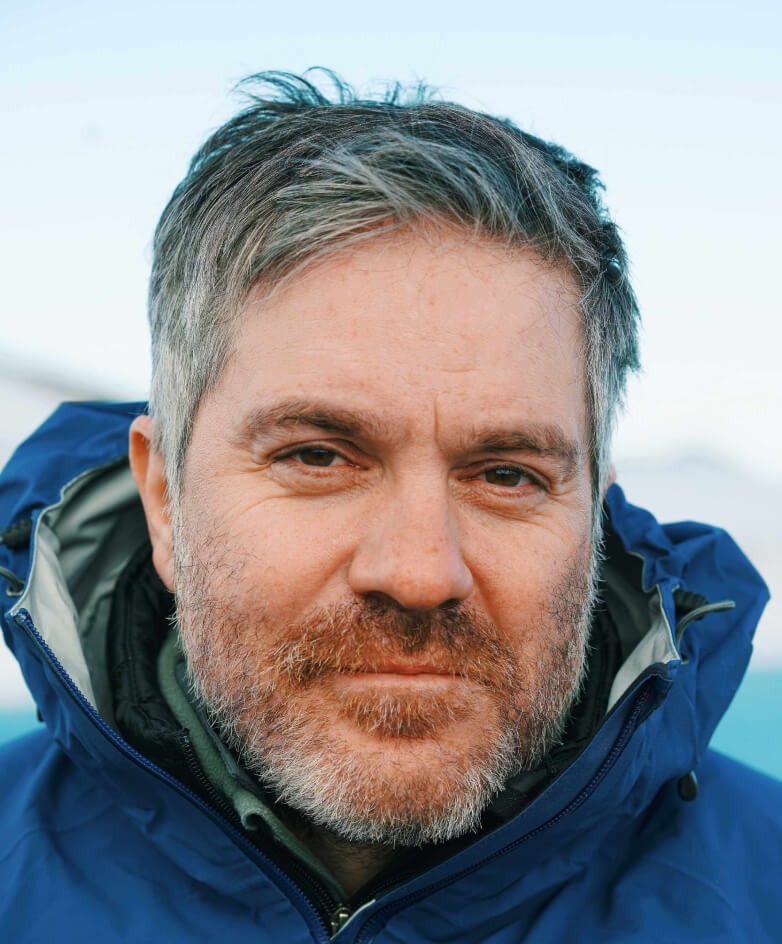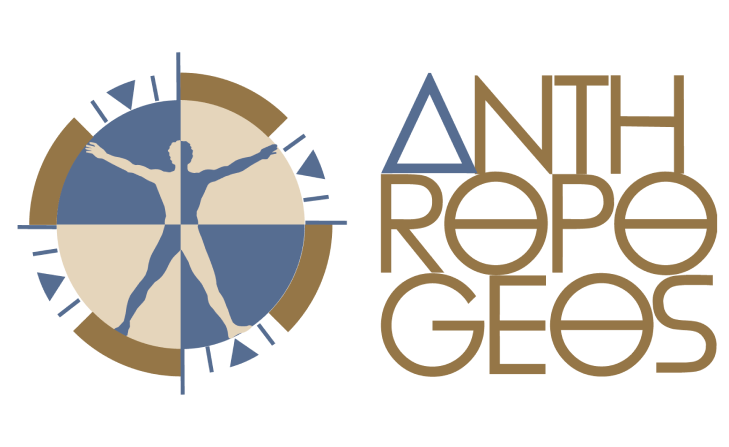ANTARCTICA
In the vast majority of cases, these tourists are passengers on the liners which sail along the coast and rarely venture onto the land, instead exploring the shelf and islands. During the 2019-2020 season, just 731 people travelled from the coast into the interior of the continent. So, there is still a chance to take routes untravelled, as is the case with our expedition—from Union to the South Pole, and then on to the Pole of Inaccessibility and Novo route, from South America to South Africa, was undertaken for the first time.
ALE’s Union Glacier Camp.


IN THE 2019-2020 SEASON, THE ANTHROPOGEOS TEAM WENT ON AN EXPEDITION ACROSS THE CONTINENT, JOINING THE COLONIALIST MOVEMENT. THIS TRIP BECAME THE BASIS FOR THE PROJECT ANTARCTICA. THE LAST COLONIZATION. WE DROVE 4500 KM THROUGH THE WHITE DESERT AND WE WANT TO SHARE OUR EXPERIENCE, AS WELL AS EXPLORING THE INS AND OUTS OF TOURISM AND LIFE IN ANTARCTICA.
IN THE 2019-2020 SEASON, THE ANTHROPOGEOS TEAM WENT ON AN EXPEDITION ACROSS THE CONTINENT, JOINING THE COLONIALIST MOVEMENT. THIS TRIP BECAME THE BASIS FOR THE PROJECT ANTARCTICA. THE LAST COLONIZATION. WE DROVE 4500 KM THROUGH THE WHITE DESERT AND WE WANT TO SHARE OUR EXPERIENCE, AS WELL AS EXPLORING THE INS AND OUTS OF TOURISM AND LIFE IN ANTARCTICA.





FROM PUNTA ARENAS, THE SOUTHERNMOST CITY IN THE WORLD, WE FLEW BY PLANE TO THE UNION GLACIER, THEN DROVE BY CAR TO THE SOUTH POLE, THROUGH THE POLE OF INACCESSIBILITY TO NOVOLAZAREVSKAYA STATION. WE THEN MADE OUR RETURN TO THE WORLD THROUGH CAPE TOWN.
TOTAL DISTANCE: OVER 4500 KM BY CAR OVER THE ICE DOME OF ANTARCTICA IN 21 DAYS.
FROM PUNTA ARENAS, THE SOUTHERNMOST CITY IN THE WORLD, WE FLEW BY PLANE TO THE UNION GLACIER, THEN DROVE BY CAR TO THE SOUTH POLE, THROUGH THE POLE OF INACCESSIBILITY TO NOVOLAZAREVSKAYA STATION. WE THEN MADE OUR RETURN TO THE WORLD THROUGH CAPE TOWN.
TOTAL DISTANCE: OVER 4500 KM BY CAR OVER THE ICE DOME OF ANTARCTICA IN 21 DAYS.













